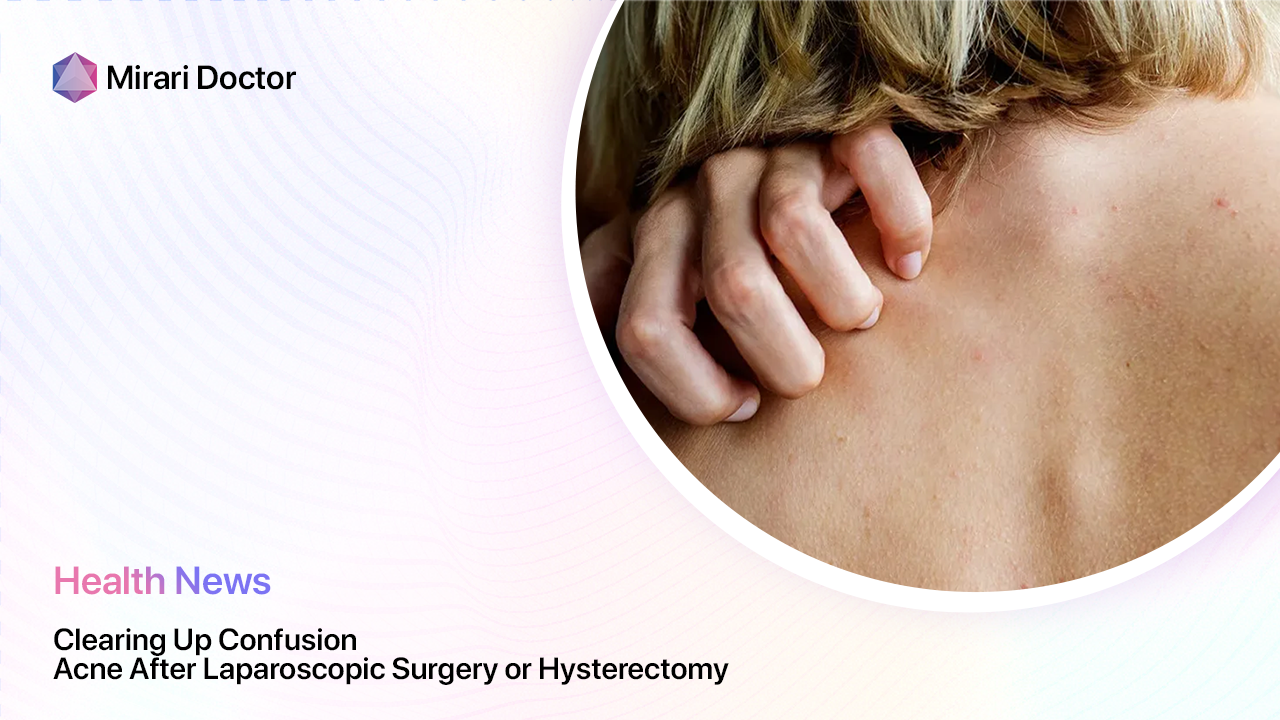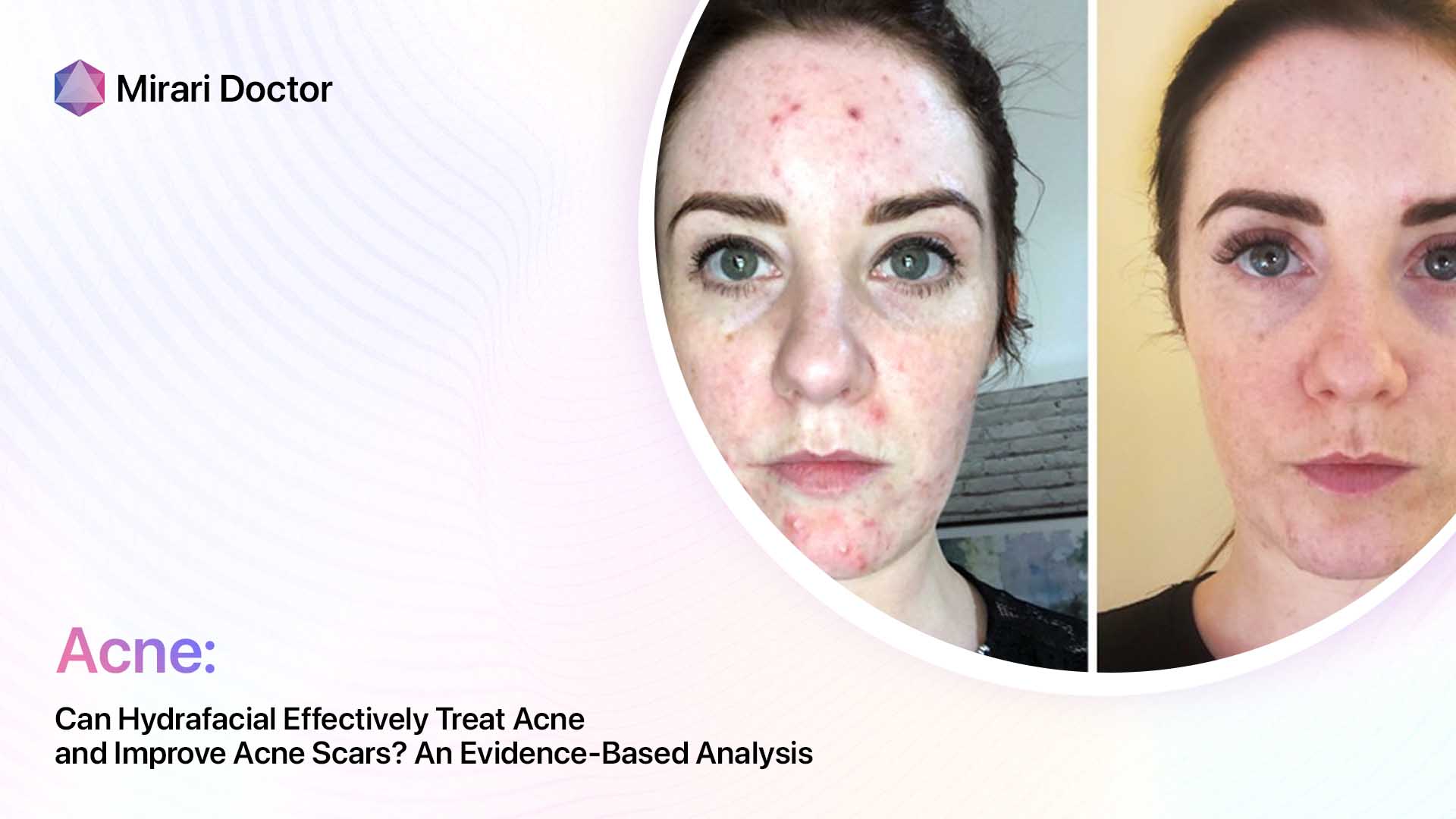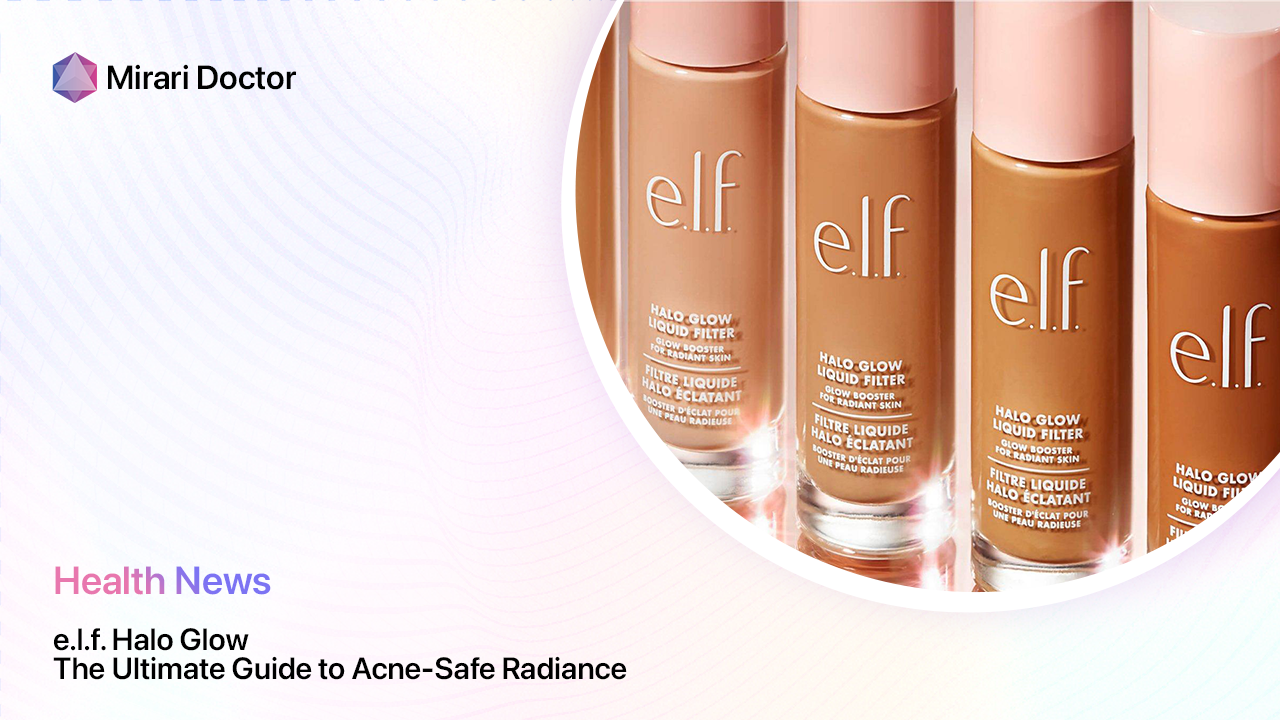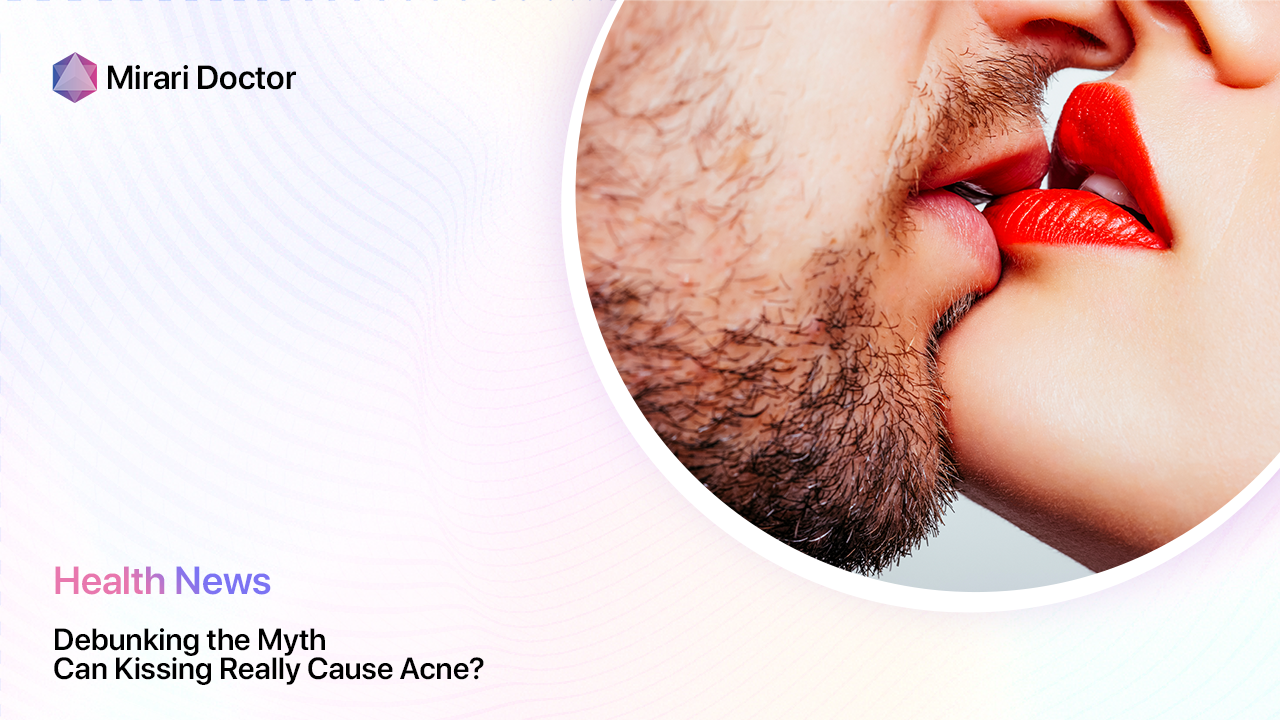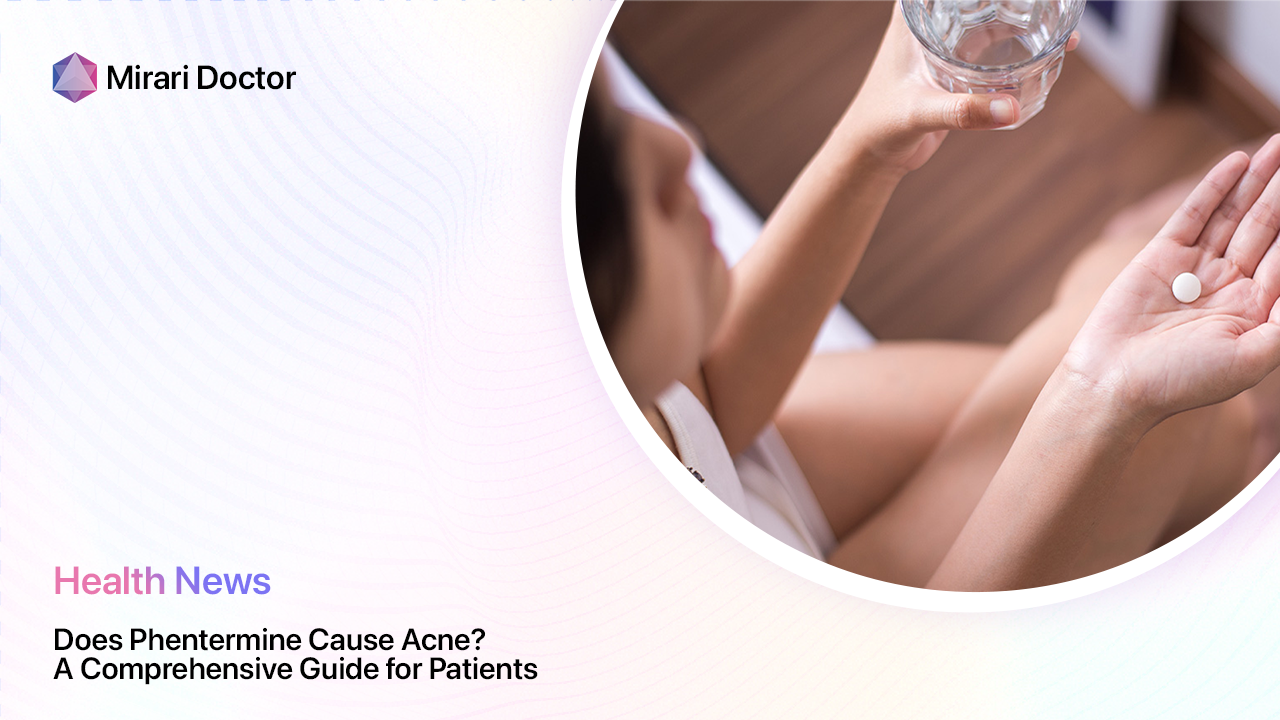
Phentermine is a popular prescription medication used for weight loss. While it can be effective in helping patients achieve their weight loss goals, some individuals may experience side effects, including acne. In this comprehensive guide, we will explore the potential link between phentermine and acne, as well as other related topics such as does Qsymia cause acne, phentermine acne, and can Duromine cause acne.
What is Phentermine?
Phentermine is a prescription medication that belongs to a class of drugs known as anorectics, or appetite suppressants. It works by stimulating the central nervous system, which can help reduce appetite and increase feelings of fullness. Phentermine is typically prescribed for short-term use (up to 12 weeks) as part of a comprehensive weight loss program that includes diet, exercise, and behavioral changes.
How Does Phentermine Work?
Phentermine works by increasing the release of certain neurotransmitters in the brain, such as norepinephrine and dopamine. These neurotransmitters help to reduce appetite and increase feelings of fullness, making it easier for patients to stick to a calorie-restricted diet. Additionally, phentermine may increase energy levels, which can help patients engage in more physical activity and further support weight loss efforts2.
Potential Side Effects of Phentermine
While phentermine can be an effective tool for weight loss, it is not without potential side effects. Some common side effects of phentermine include3:
- Dry mouth
- Constipation
- Difficulty sleeping
- Dizziness
- Headache
- Irritability
- Increased heart rate
- Increased blood pressure
In rare cases, phentermine may also cause more serious side effects, such as chest pain, shortness of breath, or fainting. If you experience any of these symptoms while taking phentermine, it is important to contact your healthcare provider immediately.
Does Phentermine Cause Acne?
One potential side effect of phentermine that is not as well-known is acne. While the exact mechanism by which phentermine may cause acne is not fully understood, there are several theories:
- Hormonal changes: Phentermine may alter hormone levels in the body, which can lead to increased oil production and clogged pores, resulting in acne4.
- Increased sweating: Phentermine can cause increased sweating, which may contribute to the development of acne by trapping bacteria and oil in the pores.
- Stress: Taking phentermine may cause stress or anxiety in some individuals, which can exacerbate acne symptoms.
It is important to note that not everyone who takes phentermine will experience acne as a side effect. However, if you do notice an increase in acne while taking phentermine, it is important to discuss this with your healthcare provider.
Managing Acne While Taking Phentermine
If you are taking phentermine and experiencing acne, there are several steps you can take to manage your symptoms:
- Practice good skin hygiene: Wash your face twice daily with a gentle cleanser and lukewarm water. Avoid harsh scrubs or exfoliants, which can irritate the skin and worsen acne.
- Use non-comedogenic products: Look for skincare and makeup products labeled as “non-comedogenic,” which means they are less likely to clog pores and cause acne.
- Avoid touching your face: Try to avoid touching your face throughout the day, as this can transfer bacteria and oil from your hands to your skin.
- Consider topical treatments: Over-the-counter acne treatments containing benzoyl peroxide or salicylic acid may help to reduce acne symptoms. If these are not effective, your healthcare provider may prescribe a stronger topical medication or oral antibiotics.
- Manage stress: Engage in stress-reducing activities such as exercise, meditation, or deep breathing exercises to help minimize the impact of stress on your skin.
Phentermine and Acne: What the Research Says
While there is anecdotal evidence suggesting a link between phentermine and acne, there is limited scientific research on this topic. One study published in the Journal of Clinical and Aesthetic Dermatology found that out of 76 patients taking phentermine, 8 (10.5%) reported acne as a side effect5. However, more research is needed to fully understand the relationship between phentermine and acne.
Alternatives to Phentermine for Weight Loss
If you are concerned about the potential for phentermine to cause acne or other side effects, there are alternative weight loss medications and strategies to consider:
- Qsymia: A combination medication containing phentermine and topiramate, which may have a lower risk of acne compared to phentermine alone.
- Duromine: Another brand name for phentermine, which may have a different formulation and potential side effect profile.
- Lifestyle changes: Adopting a healthy diet, regular exercise routine, and stress management techniques can support weight loss efforts without the need for medication.
- Other medications: Your healthcare provider may recommend other weight loss medications, such as orlistat or liraglutide, depending on your individual needs and medical history.
When to See a Healthcare Provider
If you are experiencing acne while taking phentermine, it is important to discuss this with your healthcare provider. They can help determine whether phentermine is the likely cause of your acne and recommend appropriate treatment options. Additionally, if you are considering starting phentermine for weight loss, be sure to discuss the potential risks and benefits with your healthcare provider to determine if it is the right choice for you.
Conclusion
Phentermine is a prescription medication that can be effective for short-term weight loss when used as part of a comprehensive treatment plan. However, like all medications, it can cause side effects, including acne in some individuals. If you are taking phentermine and experiencing acne, there are steps you can take to manage your symptoms, such as practicing good skin hygiene and using non-comedogenic products. If your acne persists or is severe, be sure to discuss this with your healthcare provider to determine the best course of action. Remember, there are alternative weight loss strategies and medications available, so work with your healthcare provider to find the approach that is right for you.
Key Takeaways
- Phentermine is a prescription appetite suppressant that can cause side effects, including acne in some individuals.
- The exact mechanism by which phentermine may cause acne is not fully understood, but theories include hormonal changes, increased sweating, and stress.
- To manage acne while taking phentermine, practice good skin hygiene, use non-comedogenic products, avoid touching your face, consider topical treatments, and manage stress.
- Limited scientific research has been conducted on the link between phentermine and acne, and more studies are needed to fully understand this relationship.
- Alternative weight loss strategies and medications are available, so work with your healthcare provider to find the best approach for your individual needs.
References
- National Library of Medicine. (2021). Phentermine. MedlinePlus. https://medlineplus.gov/druginfo/meds/a682187.html
- Hendricks, E. J., Rothman, R. B., & Greenway, F. L. (2009). How Physician Obesity Specialists Use Drugs to Treat Obesity. Obesity, 17(9), 1730-1735. https://doi.org/10.1038/oby.2009.69
- U.S. Food and Drug Administration. (2012). Adipex-P (phentermine hydrochloride) Capsules Label. https://www.accessdata.fda.gov/drugsatfda_docs/label/2012/085128s065lbl.pdf
- Kazemi, A., Haghighi, M., & Khodadadi, I. (2020). Phentermine-induced Acneiform Eruption: A Rare Side Effect. Indian Journal of Dermatology, 65(3), 230-231. https://doi.org/10.4103/ijd.IJD_355_19
- Keri, J., & Shiman, M. (2009). An Evaluation of the Safety and Efficacy of Phentermine, a Sympathomimetic Amine Used in the Treatment of Obesity. Journal of Clinical and Aesthetic Dermatology, 2(10), 38-43. https://www.ncbi.nlm.nih.gov/pmc/articles/PMC2923934/
Related articles
Made in USA


